80-82 Cao Duc Lan, District 2, HCMC, Vietnam
+84 76 865 6688
info@beetech.com.vn
+84 76 865 6688
About us
Contact us
80-82 Cao Duc Lan, District 2, HCMC, Vietnam
+84 76 865 6688
info@beetech.com.vn
+84 76 865 6688
About us
Contact us

The Future of Barcodes: QR-Style Codes Set to Replace Traditional Barcodes by 2027
According to information from The Guardian, traditional barcodes may be replaced by QR-style codes within the next two years. These new codes can contain more information, such as expiration dates, usage instructions, and allergen information, helping to reduce food waste and enhance transparency for consumers. However, processing this large amount of data could put pressure on cloud infrastructure and increase carbon emissions.
In the retail and logistics world, 1D barcodes have been an indispensable solution for managing goods. However, with the growing demand for supply chain transparency, consumer interaction, and rich data storage capabilities, traditional barcodes are making way for 2D solutions like QR-style codes. The GS1 Sunrise 2027 project and breakthrough technologies such as edible microlasers, aggregated data from LLMs, and dynamic QR codes in marketing are shaping the future of the “next-generation barcode.”
1D barcodes (UPC/EAN) first appeared in 1974 on a pack of Wrigley gum, marking the beginning of the retail automation era. For nearly half a century, 1D barcodes have remained the backbone of inventory management, but their limited storage capacity—only a few digits—has become apparent in the face of increasing demands for product information transparency, expiration dates, storage instructions, and traceability.
QR-style codes (2D QR-style codes) have emerged as the solution to this problem. By encoding data in both dimensions, QR-style codes can contain hundreds of characters: from basic information such as GTIN, production date, batch number, to GS1 Digital Links leading to websites, instructional videos, and survey forms. Furthermore, the dynamic content feature allows for updates to the content after printing without needing to reprint packaging.
In this context, GS1 US has launched the Sunrise 2027 project, setting a deadline of the end of 2027 for all POS/POC systems to support scanning both 1D barcodes and 2D QR-style codes. This article will detail Sunrise 2027, the benefits of QR-style codes, breakthrough technologies supporting the new generation of barcodes, applications in marketing and smart packaging, the current state of implementation, challenges, strategies, and future prospects.
GS1 Sunrise 2027 is an initiative by GS1 US aimed at standardizing support for 2D barcodes at points of sale and care. According to official documentation:
“By the end of 2027, retailers would need to ensure their POS systems are equipped with scanners capable of reading both traditional barcodes and 2D barcodes…”
Currently, Sunrise 2027 has entered the testing phase in 48 countries, representing 88% of global GDP. In the UK, supermarket chains Tesco and Sainsbury’s reported a 15% reduction in food waste by directly embedding expiration dates and storage instructions into QR-style codes. The pharmaceutical, healthcare, and FMCG (fast-moving consumer goods) sectors are also encouraged to adopt early to ensure safety and accurate traceability of batches.
QR-style codes can contain hundreds of characters, including:
This allows businesses to convey all critical data directly on the packaging, rather than relying on attached documents.
Dynamic QR-style codes allow for updates to the scanned destination (URL, coupons, surveys, etc.) without reprinting the packaging. Statistics from Bitly indicate that interactions increase by 40% compared to static QR codes due to the ability to analyze behavior and personalize content.
According to a survey by Food & Wine, 79% of consumers prefer to buy products with QR-style codes that provide clear information about ingredients and origins, thereby strengthening trust in the brand.
Initially, businesses need to invest in 2D scanners, new packaging printing, and software integration. However, QR-style codes help reduce reprinting costs, optimize supply chains, and boost sales through interactive experiences, with a typical ROI breakeven achieved within 12–18 months.
Edible Microlasers
The research “Edible Microlasers for Monitoring Authenticity and Quality of Food and Pharmaceuticals” on arXiv presents microlasers made from edible compounds like chlorophyll in olive oil, serving as both barcodes and sensors for pH, sugar, bacteria, and temperature. This technology is safe for consumption, does not alter taste, and is environmentally friendly.
Aggregated Data from LLMs
“LLM for Barcodes” (arXiv) has applied large language models to create diverse synthetic data for barcodes on identification papers, helping to improve barcode detection accuracy by 15–20% compared to traditional Faker methods. The use of synthetic data ensures security and privacy.
Dynamic QR Codes in Marketing Campaigns
Brands like Coca-Cola, Starbucks, and Puma have adopted dynamic 2D QR codes on packaging and billboards to personalize experiences and gather multi-channel data. A TikTok campaign using QR codes to announce an engagement garnered millions of views, demonstrating special appeal to Millennials and Gen Z.
GS1 Digital Link and Smart Packaging
“3 Smart Packaging Trends for 2025” by Packaging Digest emphasizes that the GS1 Digital Link—2D barcode standard directly linking to online resources—will be a dominant trend, transforming packaging into an interactive information gateway (AR/VR, guides, ingredient lookups). BL.INK has also released “2025 Guide to GS1 Digital Link Compliance” to assist businesses in preparing for the change.
In Europe and America
Reuters reports that about 50% of major retail chains in the UK, such as Tesco and Woolworths, have upgraded their POS systems to support QR-style codes, leading to a 2.6% increase in fresh product sales in Q1/2025. In the U.S., major brands in the pharmaceutical and FMCG sectors are also preparing for Sunrise 2027 by testing QR-style scanning on products.
In Asia
In Japan and South Korea, many businesses in the food and agricultural sectors have integrated GS1 Digital Links on packaging for vegetables and processed foods, allowing consumers to access information about origin and storage history, enhancing trust and competitiveness of products.
Barcode technology is undergoing a revolution with QR-style 2D codes, edible microlasers, and aggregated data from LLMs. Early-adopting businesses will gain a competitive edge, enhance consumer experiences, and optimize supply chains. The period from 2025 to 2027 promises to be a milestone marking the complete transition to the era of smart packaging, where packaging not only contains products but also serves as an interactive, transparent, and data-rich “information gateway.”
Main source:
What Is GS1 Sunrise 2027? theguardian.com
QR-Style Codes Could Replace Barcodes ‘Within Two Years’ gs1uk.org
Dynamic QR Codes 101 & 201 Forbes
Edible Microlasers for Monitoring Authenticity… italpackcartons.com
LLM for Barcodes: Generating Diverse Synthetic Data… GS1
3 Smart Packaging Trends for 2025 Reddit
2025 Guide to GS1 Digital Link Compliance QR Tiger
QR Codes: Is a Retail Revolution on the Horizon?
UK Retail February Sales Report (Reuters) cognex.com
Food & Wine Packaging Trends 2025

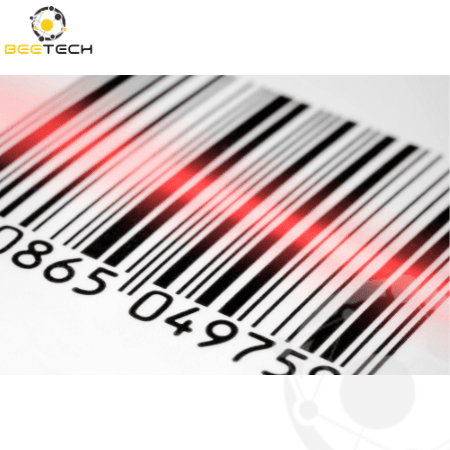
Barcode Technology in the Digital Age: Types, Advantages, Limitations, and How Businesses Can Choose the Right One
18/11/2025 04:12:49
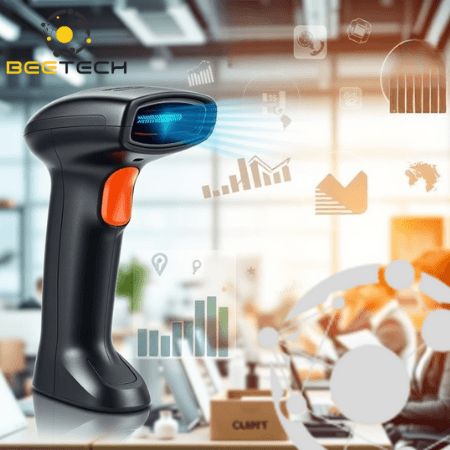
5 Barcode Secrets That Smart Businesses in Vietnam Are Using to Boost Logistics Efficiency
12/11/2025 08:00:46
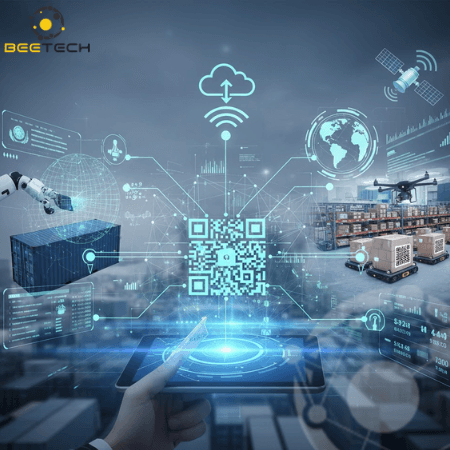
GS1 US adopts 2D barcodes and intelligent data capture – Advancing toward a transparent and modern supply chain
07/11/2025 06:33:27
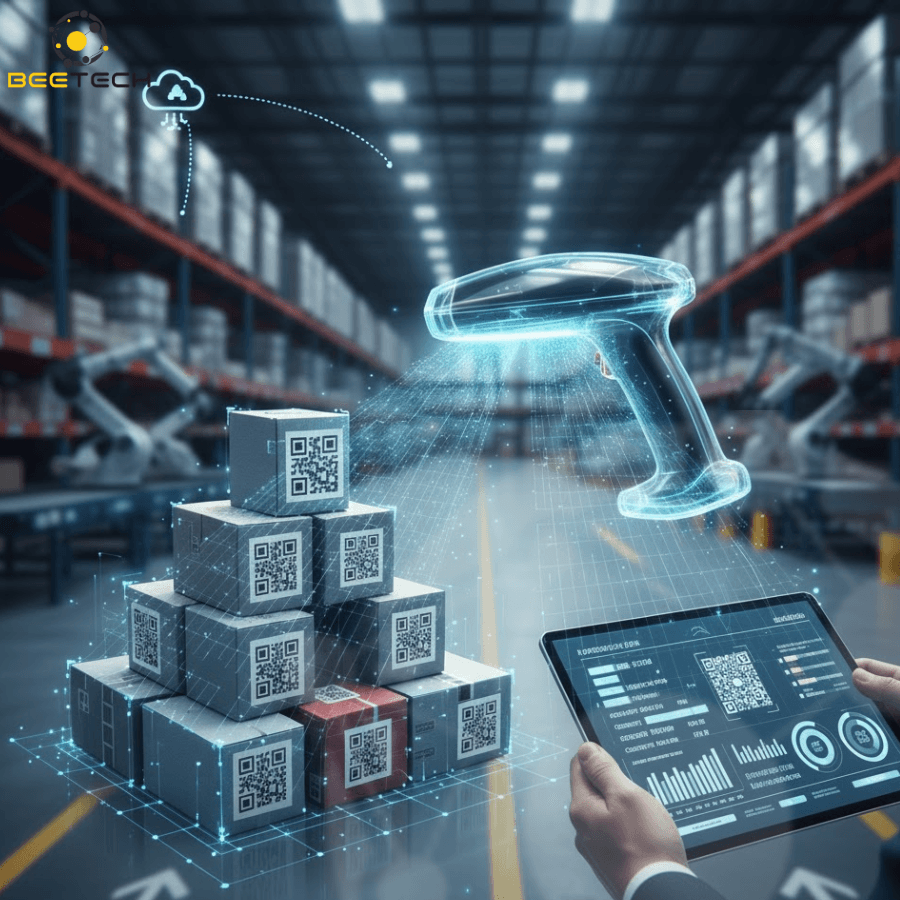
Barcode Technology: The Classic Tool Evolving for a Digital Supply Chain Era
06/11/2025 03:37:29
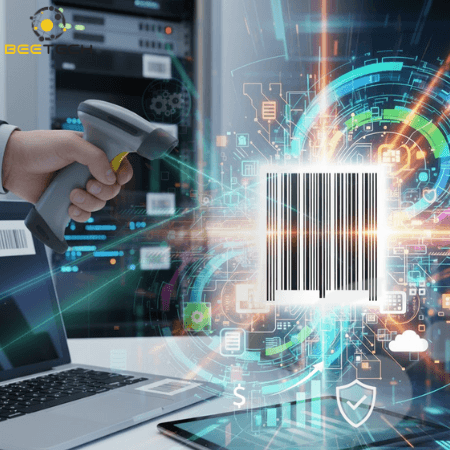
Barcode – An efficient and cost-effective asset management solution for modern businesses
05/11/2025 04:20:46
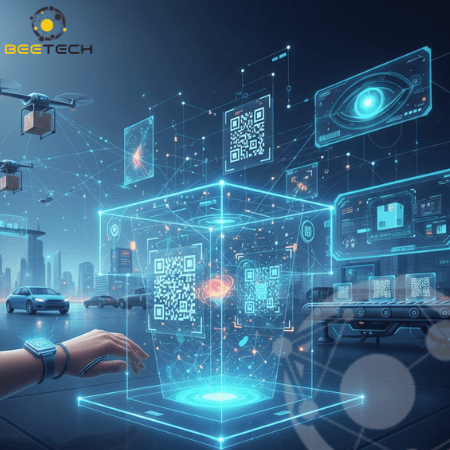
The future of barcode scanning technology: Key trends and practical applications in the digital era
31/10/2025 04:21:05